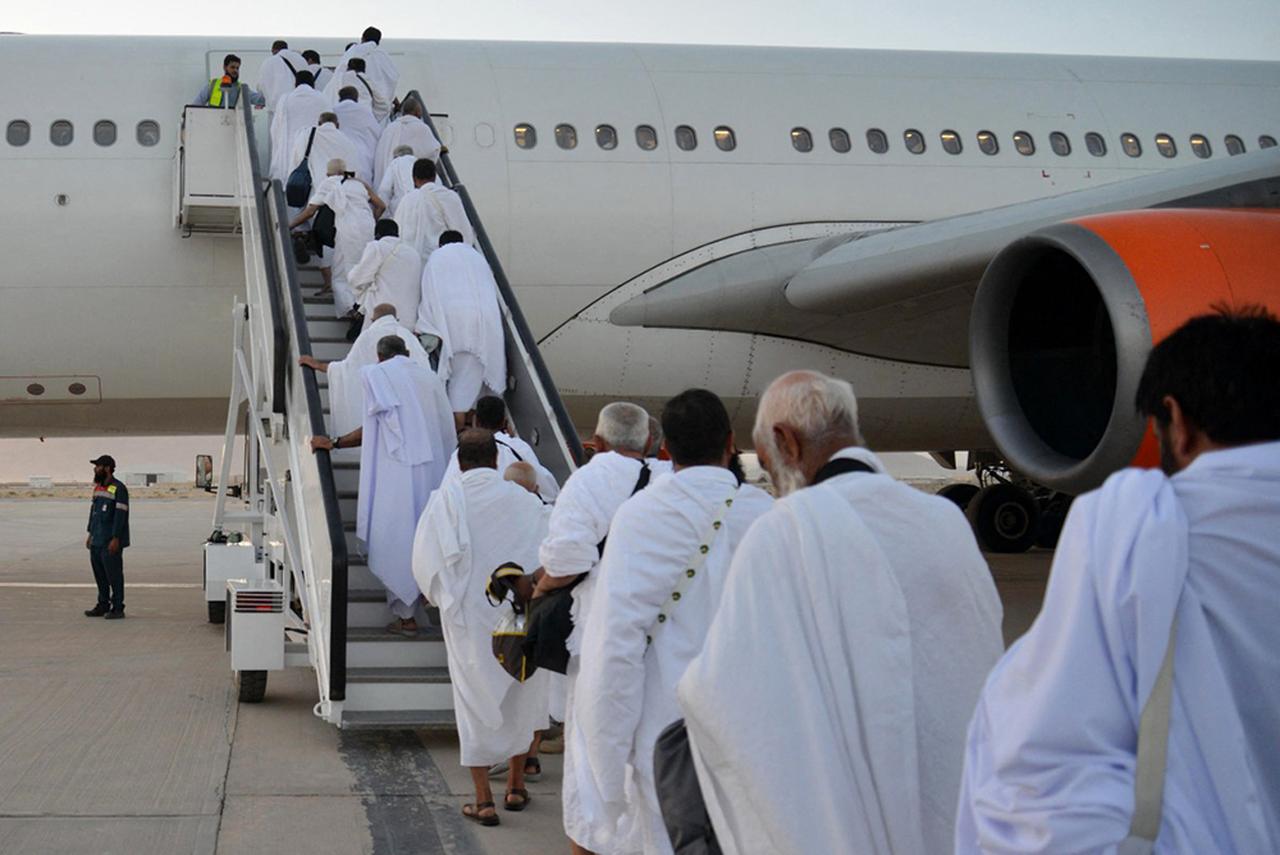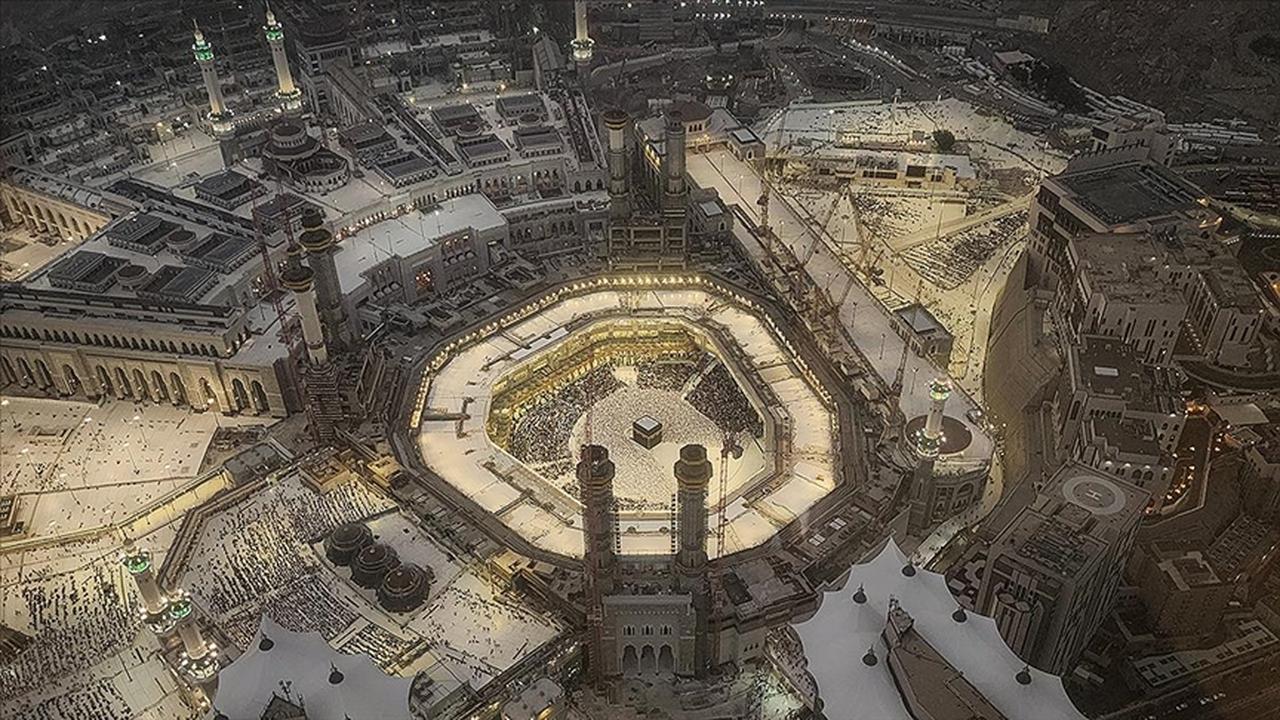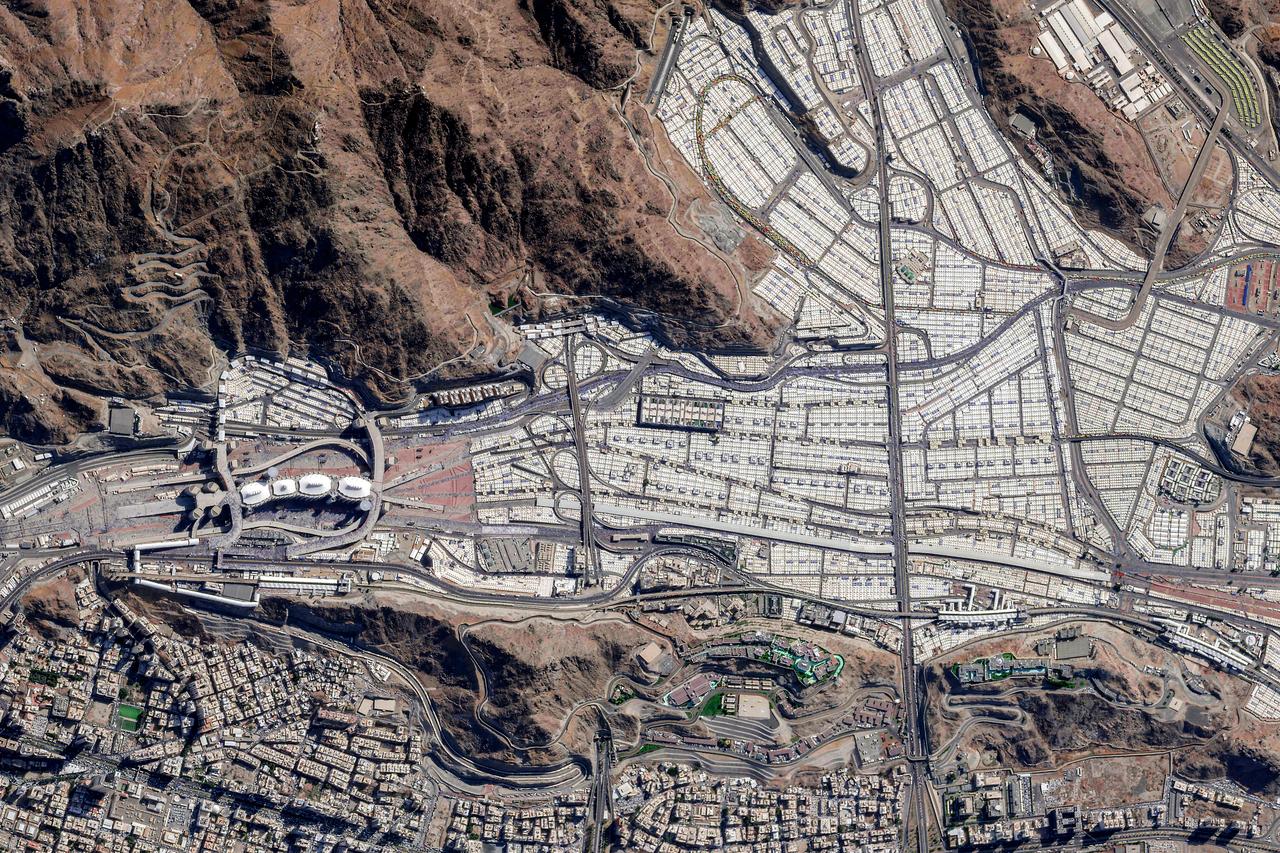
As the Hajj season starts in 2025, one can witness how this enormous gathering is made possible with logistics. For many Muslims, going on Hajj is an important religious duty, and it greatly helps the global economy. Because there are more planes flying, more people being moved, and more bold ideas compared to before, the Saudia Airlines is leading the growth of the Hajj economy.
Saudi Airlines has shown how ambitious it has become by reaching new heights this year. The airline has reserved over one million seats only for Hajj pilgrims. This operation involves more than 100 countries and is the biggest operation the national carrier has ever performed.
The airlines use an advanced fleet of 158 planes, many of which are wide-body jets for long and efficient flights.
In terms of perspective, Saudi Arabia has set its goal to serve up to 35% of Saudi Arabia’s air transport during Hajj in 2025.
The airline’s priority is accuracy, not only the number of achievements. Every part of Saudia’s services, including those of the flight crews, ground staff and technicians, functions smoothly during the pilgrimage period because there are more than 11,000 dedicated members of the team.
From the moment passengers get on a plane to the time they fly out, it highlights the efforts Saudi Arabia puts in for successful fusion of faith and vision for modern progress.

This year, over 120,000 pilgrims from Indonesia, Malaysia, and Pakistan have been able to use the “Makkah Route” system, which makes pre-clearance for immigration and customs simpler. Thanks to this, pilgrims experience less trouble passing through airports and less worry during the journey.
Besides, its Zamzam water and “Luggage First” program for Hajj pilgrims is expected to process about 270,000 bags for deliveries to the residences, and 240,000 bottles of Zamzam water will be shipped to many different countries.
It makes trips more comfortable for the traveler by falling short of nothing when it comes to convenience.

Following the tragic loss of more than 1,300 lives from heat-related conditions in 2024, the country now focuses on safety with no exception. Drone patrols powered by artificial intelligence and equipped with thermal sensors are now being used by Saudi authorities to control crowds and detect any heat signatures in the main streets.
Besides, the Grand Mosque in Mecca uses the world’s biggest air conditioner, with a capacity to chill 155,000 tons of air. The government is taking a range of actions by including 400 extra cooling units, expanding the shaded areas by 50,000 square meters, and putting thousands of doctors and nurses in the right locations.

Hajj is a religious duty, but it is also central to Saudi Arabia’s Vision 2030, a plan to improve the country’s economy. Official reports indicate that since the 1950s, the kingdom has invested over $100 billion in making facilities for the Hajj, and this work continues with upgraded railway lines, more airports, and more housing for pilgrims.
Now, religious tourism is known to help religions and also increase the country’s gross domestic product (GDP) by billions of dollars each year. A key part of the strategy is to use Saudia Airlines, which delivers a special experience that combines spirituality with today’s best flights and amenities.
The government is helping pilgrims, especially those from inside the country, by allowing flexible installment payments. These days, people paying for the Hajj can make an initial payment of 20%, and the remaining payment will be evenly divided during Ramadan and in the following month. It makes it possible for many people who could not afford it in the past to undertake the pilgrimage.

Saudi Arabia now puts a strong emphasis on keeping crowds under control. For the first time, the rules state that children under 12 years old cannot perform Hajj. Also, those going to Mecca for the first time are receiving more attention, mainly to ensure everyone gets a fair chance and to put less stress on organizers.
People who carry out the Hajj without the proper documentation face strong penalties put in place by the government. People who commit such crimes are now being fined $5,000 and barred from travel for 10 years.
So far this year, over 270,000 people have been denied entry to Mecca because they could not be found on any guest list. Even the Ministry of Interior has given out fines to more than 23,000 residents for crossing the border without official permission.
The airline isn’t only responsible for air travel—it has taken the idea of sacred travel in the current era to new heights. They stand out for their excellent operations and also for their commitment to culture.
Still, there is more to it than just the aircraft or laws involved. Hajj and what it requires are done collectively by Muslims all over the world.
The stressful journey is smoothed out by employees, from handling luggage to providing care partway in the sky. Faith and fuel are the two main powers that keep the journey going.
While pilgrims move from the airport to the Holy Mosque, it is obvious that what they are doing is not simply a journey. It’s proof that culture and machines are able to partner together successfully.
Under Saudia Airlines, the Hajj upcoming in 2025 means more than simply arriving at Mecca. It involves renewing the methods we take, working as a team.